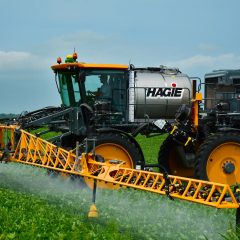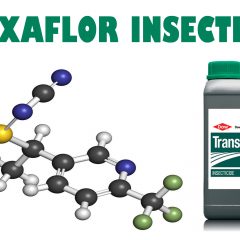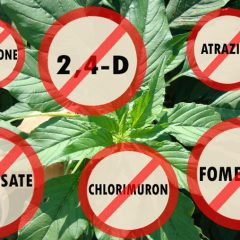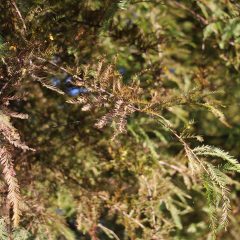Note to Readers: Steve Smith, Chairman and founder of the Save Our Crops Coalition and R+D Director of Red Gold (a major midwest tomato processor), has been actively engaged in the evolution and approval of dicamba-resistant crops. He has raised concern — and more recently alarm — over the damage done to non-target crops, trees, […]
Read More, References, Comment »
Over-the-top dicamba use on Roundup Ready Xtend soybeans and cotton will be allowed by EPA for up to two more years, with some additional use restrictions. This means farmers will be able to continue using the controversial new dicamba formulations XtendiMax, FeXapan, and Engenia that have damaged millions of acres of cropland, gardens, and other […]
Read More, References, Comment »
This piece is reprinted from Environmental Health News. Photos and captions added by Hygeia. New study showing organic diets cut cancer risk is a big deal. Let’s treat it that way. No study is perfect—but recent findings that organic food consumption cuts cancer risk highlights an opportunity to tackle a deadly, expensive health crisis More […]
Read More, References, Comment »
There is a new epidemiology paper in JAMA Internal Medicine by a team of French government scientists that reports a 25% decrease in overall cancer risk from relatively high levels of organic food consumption, compared to little or no consumption, among a large cohort (just under 69,000 individuals, with 1,340 incident cancer cases four years post study […]
Read More, References, Comment »
With neonicotinoid insecticides under fire for contributing to pollinator decline, Dow AgroSciences is pushing its sulfoxaflor insecticide as an alternative. As Environmental Health News reports, Dow applied to the EPA for an expansion of the registration of sulfoxaflor to allow use on “rice, avocados, residential ornamentals and at tree farms and greenhouses.” But, is this new […]
Read More, References, Comment »
In an experiment conducted in Missouri, researchers have identified Palmer amaranth that is resistant to six herbicides. Amaranthus palmerii is a one tough weed. When full grown, at its base, stalks can match the circumference of a man’s wrist. One plant can set over 400,000 seeds. It has a long history of herbicide resistance, and […]
Read More, References, Comment »
The dicamba drift crisis continues to deepen, with worrisome coverage of the largely hidden (so far) toll of this herbicide on trees and vines, and wild landscapes. NPR’s Dan Charles has taken an in-depth look at dicamba’s impact on some “Prized Trees” throughout the Midwest and Midsouth, including 200 year old cypress in Tennessee (see the image to the […]
Read More, References, Comment »
Steve Smith is the Director of Agriculture for Red Gold, which processes 80% of the tomato crop in the Midwest, and Chairman of the Save Our Crops Coalition. He recently traveled from Indiana to Washington D.C. for a September 28, 2018 meeting with senior EPA officials. The topic — the EPA’s pending decision on whether, and […]
Read More, References, Comment »
A research team from the Department of Integrative Biology at the University of Texas in Austin has made an important contribution to the body of research seeking to answer this key question: Is the world’s most heavily used pesticide (glyphosate) contributing to the widespread decline of honeybees and other pollinators? Glyphosate is the #1 herbicide […]
Read More, References, Comment »
First, the back story. Over the years, the USDA has almost always sided with pesticide manufacturers and farmers, in opposition to EPA efforts to curtail or end the use of high-risk pesticides. The arguments advanced by the USDA are always basically the same: There are no viable alternatives to this pesticide. Consumers will face food […]
Read More, References, Comment »










